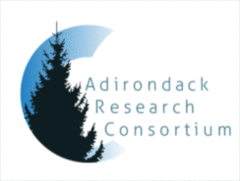Abstract
For more than a century, the impact of public land ownership on local economies has been a hotly debated topic in the United States. While much of this debate has focused on the western U.S., the issue remains highly contentious in New York's Adirondack Park, a nearly 10,000 square mile reserve divided almost equally between private and state owned lands. Recent large land purchases by New York State for "forever wild" land protection have crystallized the debate among year-round residents, tourists, property rights activists, and the conservation community. This study examines the influence of state land ownership at the town level on five economic indicators. Results show that the percentage of state land, the proportion of land zoned for high intensity development, and the average distance to 11 large metropolitan center explain only 22% of the variance in the five indicators of economic health. An increase in state lands within a municipality is associated with a small increase in per capita income, median household value, and a reduction in unemployment and poverty. Yet somewhat contrarily, it is also associated with a small decrease in household income. This study strongly suggests that state ownership of land within towns inside the Adirondack Park Blue Line is not the primary determinant of a municipality's economic well-being.
Recommended Citation
Keal, Andrew and Wilkie, David
(2003)
"Do Public Lands Constrain Economic Development in the Adirondack Park?,"
Adirondack Journal of Environmental Studies: Vol. 10:
No.
1, Article 8.
Available at:
https://digitalworks.union.edu/ajes/vol10/iss1/8




